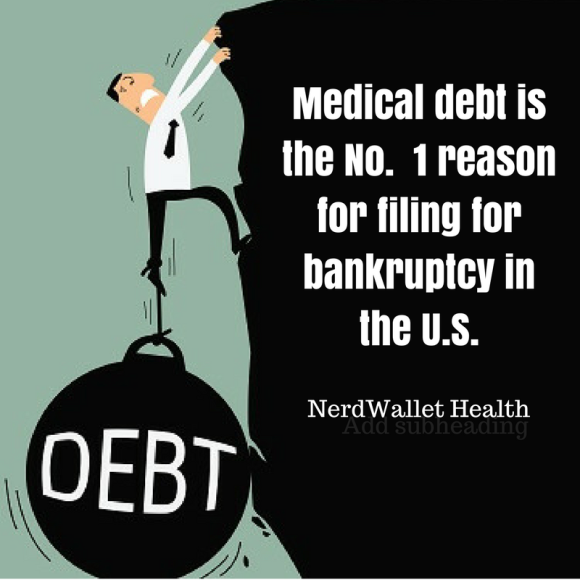It’s a new year, new eyes and a fresh start.
Last week I had my first appointment at Memorial Sloan Kettering, one of the country’s leading cancer research hospitals. It’s a bit like being admitted to Harvard or Yale as a cancer patient. Anyone who reads this blog knows the appointment was a hard-fought victory. I ran into issues with health insurance and had to upgrade my plan (and yes, that came at a financial cost). The first doctor I was referred to by a friend wasn’t taking patients. The second doctor, whom I chose based on research I’d read, had to agree to see me. The anxiety felt like being a student again waiting to see if I’d be picked for the dodge ball team. Ultimately, the second doctor said yes and I got the appointment.
It turned out to be a long day between travel and wait times. It was a half-hour wait to see the financial people who wanted to know about my insurance coverage, two hours to see the doctor, another half hour wait for blood work and then 20 minutes to get a battery of tests and appointments scheduled. To be a patient at Memorial Sloan Kettering requires patience (pun intended).
In all, I likely spent five minutes with the doctor. But in that time, she turned my world right side up. Without even having to ask, she ordered new CT scans, another biopsy and agreed to have the tumor’s DNA tested to see what mutations it has. These were the tests I was fighting my last doctor on. In his world, they offered no guidance. “Inactionable” was the term he used.
The same may be true at Memorial Sloan Kettering. So far, they are offering no better answers. But they are asking better questions. As Einstein once said: “If I had an hour to solve a problem and my life depended on the solution, I would spend the first 55 minutes determining the proper question to ask, for once I know the proper question, I could solve the problem in less than five minutes. ” I’m hoping he’s right.
Tomorrow I’m back in New York City to meet with a radiologist about getting a new biopsy. This will let us know how the tumor has changed since I’ve been on estrogen-depleting therapy that has stopped working. Have the drugs killed off all the cells that were fueled by estrogen? Or has the tumor become estrogen resistant? And if so, can the cells be made to hunger for estrogen once again? These answers are important to know when it comes to my next treatment choice. Should I remain on estrogen-depleting drugs or move directly to a low-dose chemo? Or, based on the mutations the genetic testing identifies, is there a clinical trial that may prove effective?
All of these are possibilities now. Hope is back on the table. It may not be a strategy, but without it, life is worthless.
More importantly, this leg of the journey has taught me something about myself, something worth honoring for when the dark days return. When push came to shove, I didn’t accept a doctor dismissing my concerns. Doors slammed in my face and yet I wouldn’t be turned away. I moved mountains to do what was best for me. Yes, it was hard. It was emotional. At times I felt defeated before I even began. But I persevered. When my questions weren’t answered, I continued to ask them. And even though this is costing me more in both money and time, I’ve decided I’m worth it.
There’s a very good chance that a cure will one day emerge from the hallways of Memorial Sloan Kettering. And when it does, I will have a seat at the table. I’ve earned it. And there’s no turning me away now.


